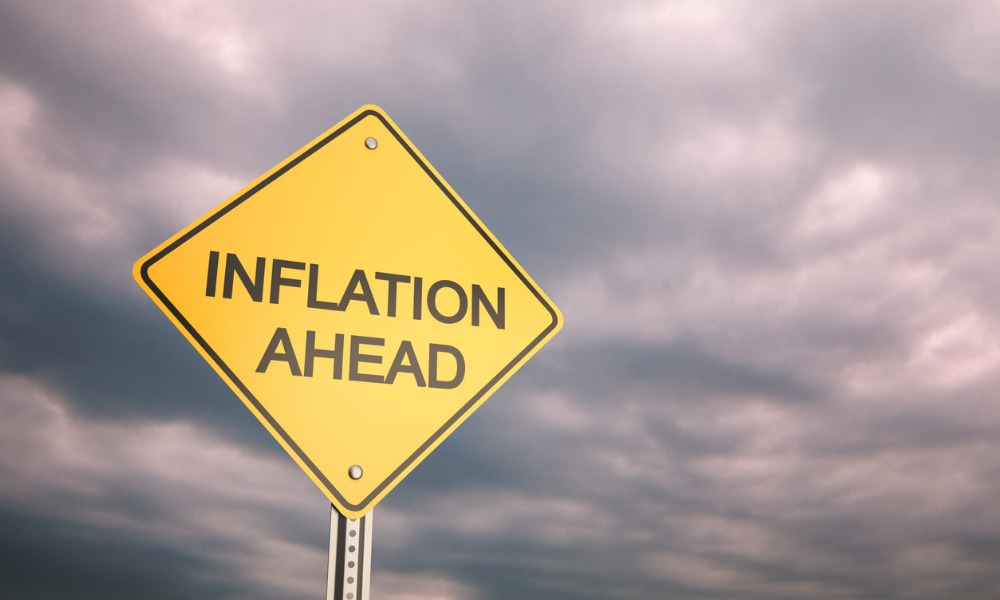But in the process, the rate hikes typically lead to higher costs for many loans, from mortgages and auto purchases to credit cards and corporate borrowing, and heighten the risk of a recession. Most economists foresee a recession this year as a consequence.
However, Friday’s data did include some encouraging signs regarding inflation. Overall prices only ticked up by 0.1% from February to March, the smallest monthly rise since last July, and down from a 0.3% increase from January to February.
Compared with a year ago, inflation slowed to just 4.2%, although much of that decline reflected lower gas prices, which are particularly volatile. That is the lowest year-over-year overall inflation figure in nearly two years.
The Fed prefers the inflation gauge called the personal consumption expenditures (PCE) price index, over the government’s better-known consumer price index.
Typically, the PCE index shows a lower inflation level than CPI. In part, that’s because rents, which have been among the biggest drivers of inflation, carry twice the weight in the CPI that they do in the PCE.

